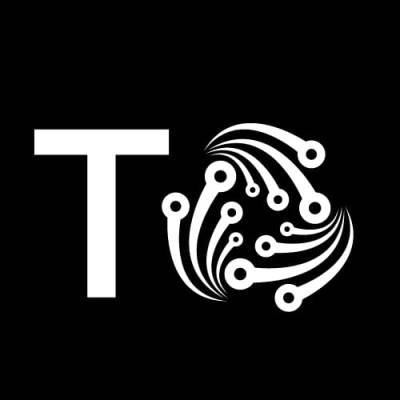Text
Decentralized Finance For Beginners - Understanding DeFi Protocols and Tokens
Decentralized Finance (or "DeFi") is a new technology alternative to relying on centralized financial institutions like banks and exchanges. It enables any two parties to securely and directly transact with each other, without an intermediary. This allows lower transaction fees, and often much higher interest rates than those offered by traditional financial institutions.
Most DeFi protocols are built on Ethereum, a blockchain network that hosts smart contracts. This means that developers can create their own DeFi applications, or dapps, on top of existing Ethereum blockchain networks. These dapps run their own code, rather than the centralized rules of an institution, so they don't need to be maintained or upgraded by human users.

Unlike the current financial system, which is centralized and controlled by financial service companies and banks, DeFi is powered by a worldwide community that's shaping it as they go. Using new technologies like blockchains, cryptocurrency, and virtual machines, DeFi is changing the way tech ogle that money functions.
The key to understanding how DeFi works is to understand its core concept: smart contracts. Smart contracts are rules that can be programmed into blockchains, and they're executed by algorithms. Like video games use engines to combine all the game assets -- audio, text, textures, animations, and physics -- into an interactive experience, smart contracts and algorithms make up the core of DeFi.
To build a DeFi protocol or dapp, developers create a set of smart contract rules and publish them to the Ethereum blockchain. Then, they write an algorithm that enacts those rules, and that algorithm runs on a virtual machine (or VM). A VM is similar to a computer's operating system, but it doesn't run the software or hardware of a computer. VMs are also what enable DeFi dapps to run, although they don't require the same level of maintenance as a real computer.
Most DeFi protocols require participants to provide some form of collateral to secure a loan or trade. This protects the protocol from bad actors that would otherwise take advantage of it. However, many of the most popular DeFi dapps are experimenting with ways to reduce or eliminate the need for collateral by creating peer-to-peer lending and borrowing options.
Many of these dapps are also building in features to help people manage their finances technology news and protect themselves from financial crises. These features include tools for managing and reducing debt, ways to save for emergencies, and even digital identity systems that could one day replace today's SSNs and FICO scores.
The future of DeFi will depend on its ability to deliver on its lofty ideals, and that depends on its capacity for innovation. One promising area is the creation of stablecoins, which can be pegged to fiat currencies or other cryptocurrencies. These are a good example of how DeFi can bring down barriers to entry and make financial services more accessible to the masses. It's important to remember, though, that this is still a very young technology, and significant hurdles must be overcome before it can replace the financial system we know today.
1 note
·
View note